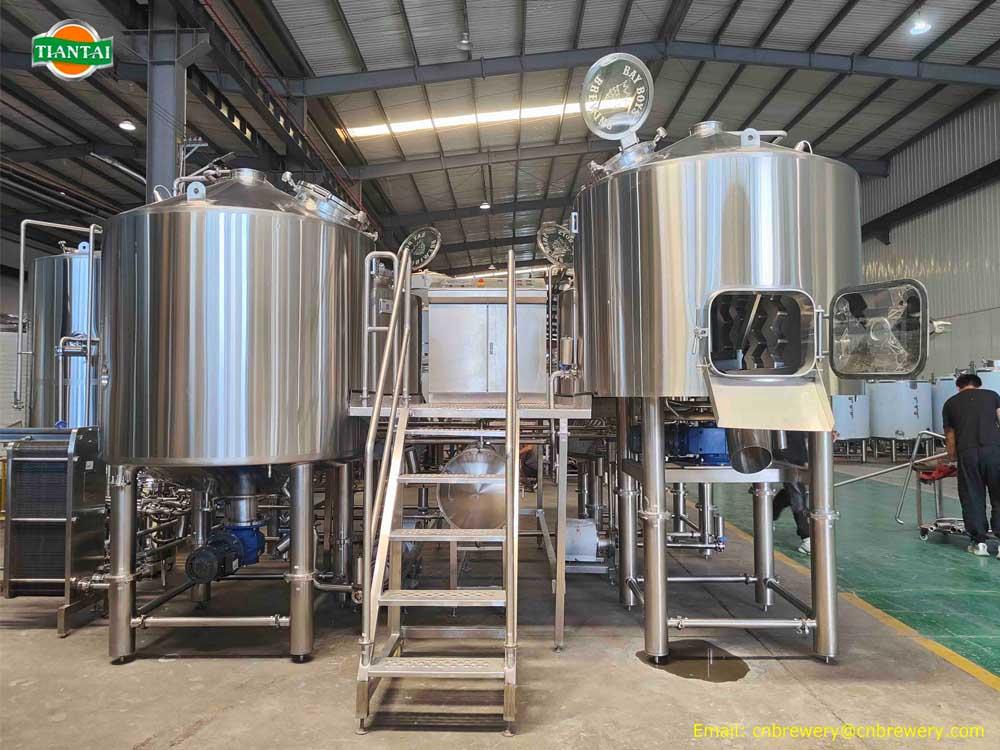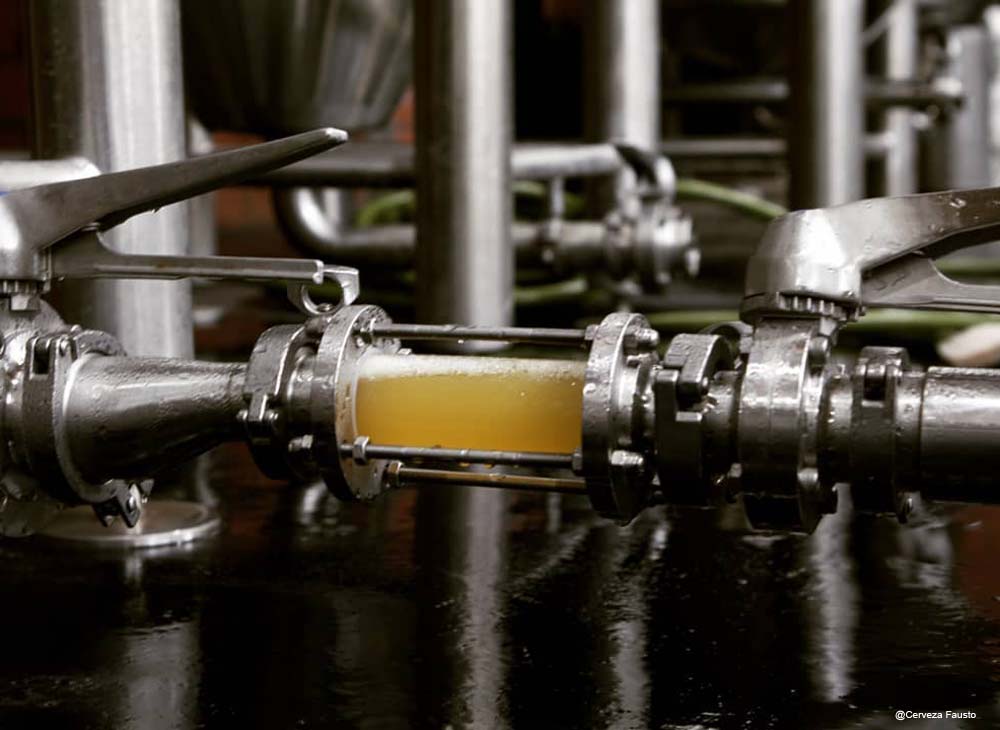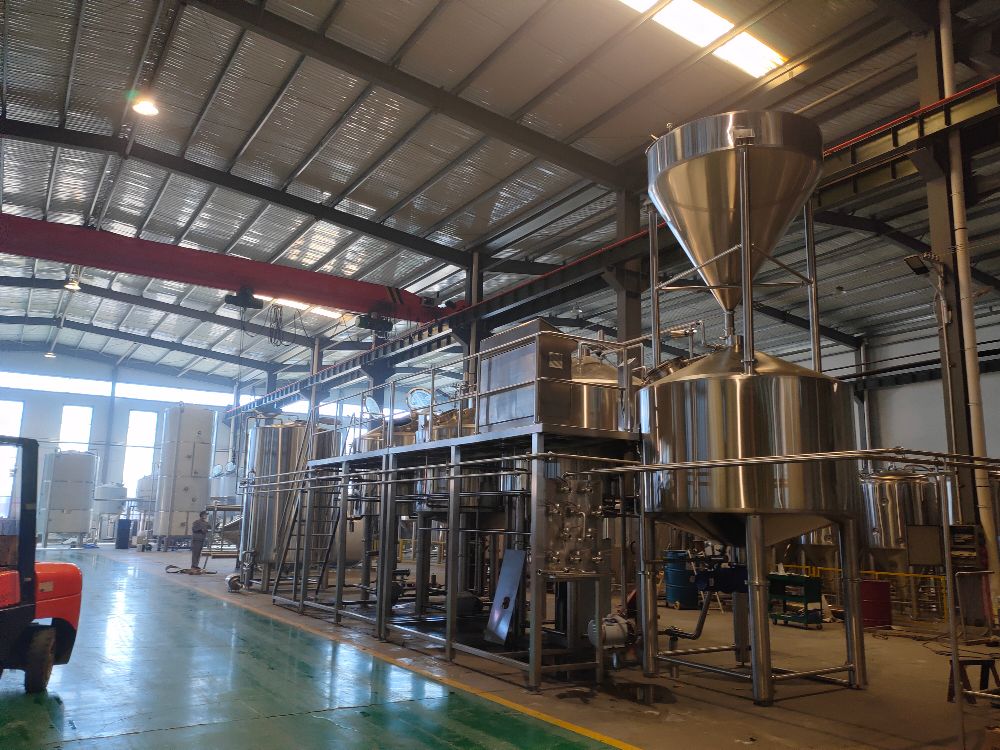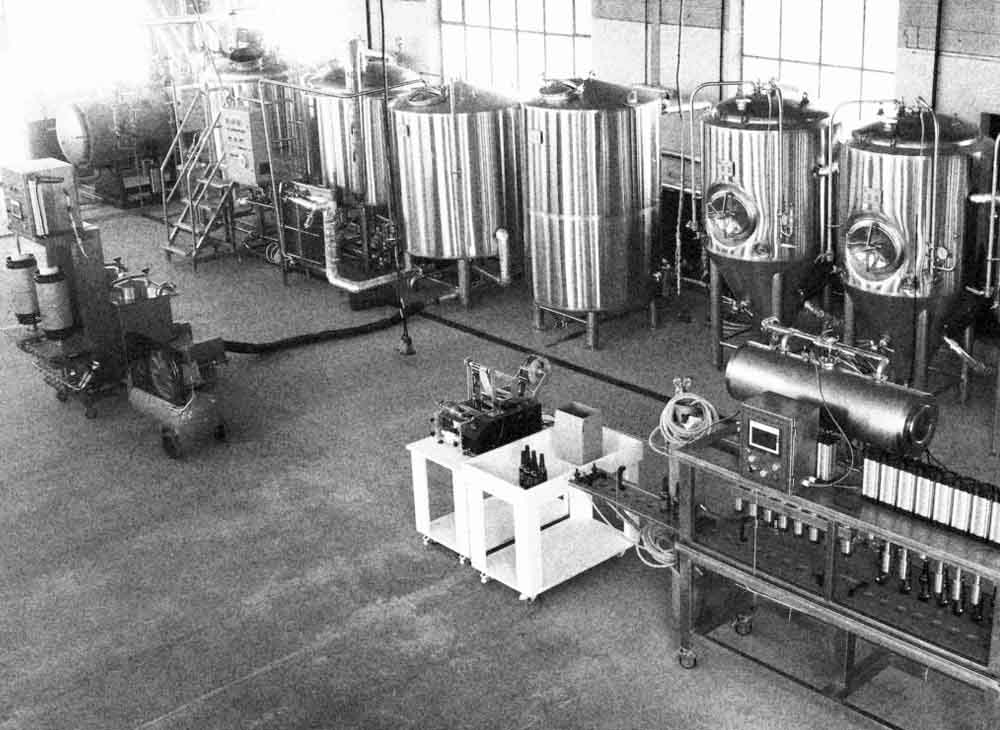What Size Fermenter Do I Need
- Sep 25, 2021
- 166
- tiantai
Fermenters come in a wide range of shapes and sizes to fit all budgets and home brewing needs. In this article, we compare the different sizes and styles of fermenters and discuss the pros and cons of each type.
The first thing that you need to consider when purchasing a fermenter is size. During the fermentation process, a thick layer of foam called krausen develops on top of the wort. If your fermenter is too small, the foam will expand out through the airlock, possibly blocking it causing a blowout.
Once you have determined what size fermenter you need, you can then decide which style and material are most suitable. Each type of fermenter has its own set of advantages and disadvantages but at the end of the day, your decision will largely be down to budget and personal preferences.
During the early stages of fermentation, a thick layer of foam called krausen develops on top of the wort. The krausen helps protect the fermenting wort against infection and is a good indicator of how things are progressing. As fermentation comes to an end, the amount of krausen slowly reduces.
If you were to fill your fermentation vessel with wort, the krausen would have nowhere to go and would be forced out through the airlock which might become blocked. The pressure would then build up in the fermenter until the airlock was blown out.
To stop this happening, you should choose a fermenter which is 20% larger than the volume of beer which you will brew. This leaves an empty space at the top of the fermenter called headspace.
.jpg)
Most homebrew recipes are designed to make 5-gallon batches of beer and require a six-gallon or six and a half gallon fermenter.
Once fermentation is complete, you can either bottle or keg your beer or transfer it to a second vessel to age. Strictly speaking, the secondary fermenter is a misnomer because little to no fermentation takes place. Additional hops, spices and other ingredients may also be added at this stage.
Unlike the primary fermenter, which needs extra headspace to allow for the formation of krausen. The secondary fermenter should be as full as possible. This minimises the amount of air contact and reduces the chance of the beer becoming oxidised and developing unwanted off flavours.
Many homebrewers, myself included, use food-grade plastic buckets as fermenters. Plastic buckets are cheap, lightweight, easy to store and can be purchased complete with airlock and a spigot which can be used for bottling the finished beer.
Fermentation buckets are available in a wide range of sizes from 5 litres (1 gallon) to 30 litres (8 gallons). Alternatively, you can purchase a food-grade container and add the airlock and tap yourself. This can work out cheaper than purchasing a purpose-made fermenter, especially if you know some who works in the food industry.
If you decide to make your own fermenter, make sure it’s made of white food grade plastic which won’t taint your beer.
Plastic buckets are lightweight and usually have a built-in handle which makes them easy to move. This is ideal if you brew in the kitchen and ferment is a spare room or the basement. For storage, they can be stacked one inside the other. If you live in an apartment with limited storage space, you can store the rest of your homebrew equipment inside the fermenting bucket when not in use.
Another advantage of using a bucket is that it’s easy to transfer the wort from the kettle to the fermenter. Likewise, the plastic spigot makes it easy to rack to a secondary fermenter for ageing or for bottling directly from the fermenter.
Once the wort has cooled to pitching temperature, it’s essential that you aerate the wort before adding the yeast. When using a plastic bucket, the easiest way to do this is by vigorously string the wort with a large spoon or paddle.
The wide diameter lid also means that plastic buckets are easy to clean. Having said that, you should take care since the soft plastic can easily get scratched. A badly scratched bucket can be impossible to sanitize effectively since bacteria can hide in the scratches.
The other disadvantage of plastic buckets is that the lids don’t always seal effectively, meaning that oxygen can get in. This may not be a problem during the active fermentation phase when the bucket fills up with CO2 and the wort is covered by a layer of krausen but it is a consideration for secondary fermenters.
Another thing to bear in mind if you will be ageing your beer in the fermenter is that plastic is permeable to oxygen. Over time, plastic can also absorb flavours which may taint subsequent batches.
The first thing that you need to consider when purchasing a fermenter is size. During the fermentation process, a thick layer of foam called krausen develops on top of the wort. If your fermenter is too small, the foam will expand out through the airlock, possibly blocking it causing a blowout.
Once you have determined what size fermenter you need, you can then decide which style and material are most suitable. Each type of fermenter has its own set of advantages and disadvantages but at the end of the day, your decision will largely be down to budget and personal preferences.
During the early stages of fermentation, a thick layer of foam called krausen develops on top of the wort. The krausen helps protect the fermenting wort against infection and is a good indicator of how things are progressing. As fermentation comes to an end, the amount of krausen slowly reduces.
If you were to fill your fermentation vessel with wort, the krausen would have nowhere to go and would be forced out through the airlock which might become blocked. The pressure would then build up in the fermenter until the airlock was blown out.
To stop this happening, you should choose a fermenter which is 20% larger than the volume of beer which you will brew. This leaves an empty space at the top of the fermenter called headspace.
.jpg)
Most homebrew recipes are designed to make 5-gallon batches of beer and require a six-gallon or six and a half gallon fermenter.
Once fermentation is complete, you can either bottle or keg your beer or transfer it to a second vessel to age. Strictly speaking, the secondary fermenter is a misnomer because little to no fermentation takes place. Additional hops, spices and other ingredients may also be added at this stage.
Unlike the primary fermenter, which needs extra headspace to allow for the formation of krausen. The secondary fermenter should be as full as possible. This minimises the amount of air contact and reduces the chance of the beer becoming oxidised and developing unwanted off flavours.
Many homebrewers, myself included, use food-grade plastic buckets as fermenters. Plastic buckets are cheap, lightweight, easy to store and can be purchased complete with airlock and a spigot which can be used for bottling the finished beer.
Fermentation buckets are available in a wide range of sizes from 5 litres (1 gallon) to 30 litres (8 gallons). Alternatively, you can purchase a food-grade container and add the airlock and tap yourself. This can work out cheaper than purchasing a purpose-made fermenter, especially if you know some who works in the food industry.
If you decide to make your own fermenter, make sure it’s made of white food grade plastic which won’t taint your beer.
Plastic buckets are lightweight and usually have a built-in handle which makes them easy to move. This is ideal if you brew in the kitchen and ferment is a spare room or the basement. For storage, they can be stacked one inside the other. If you live in an apartment with limited storage space, you can store the rest of your homebrew equipment inside the fermenting bucket when not in use.
Another advantage of using a bucket is that it’s easy to transfer the wort from the kettle to the fermenter. Likewise, the plastic spigot makes it easy to rack to a secondary fermenter for ageing or for bottling directly from the fermenter.
Once the wort has cooled to pitching temperature, it’s essential that you aerate the wort before adding the yeast. When using a plastic bucket, the easiest way to do this is by vigorously string the wort with a large spoon or paddle.
The wide diameter lid also means that plastic buckets are easy to clean. Having said that, you should take care since the soft plastic can easily get scratched. A badly scratched bucket can be impossible to sanitize effectively since bacteria can hide in the scratches.
The other disadvantage of plastic buckets is that the lids don’t always seal effectively, meaning that oxygen can get in. This may not be a problem during the active fermentation phase when the bucket fills up with CO2 and the wort is covered by a layer of krausen but it is a consideration for secondary fermenters.
Another thing to bear in mind if you will be ageing your beer in the fermenter is that plastic is permeable to oxygen. Over time, plastic can also absorb flavours which may taint subsequent batches.




